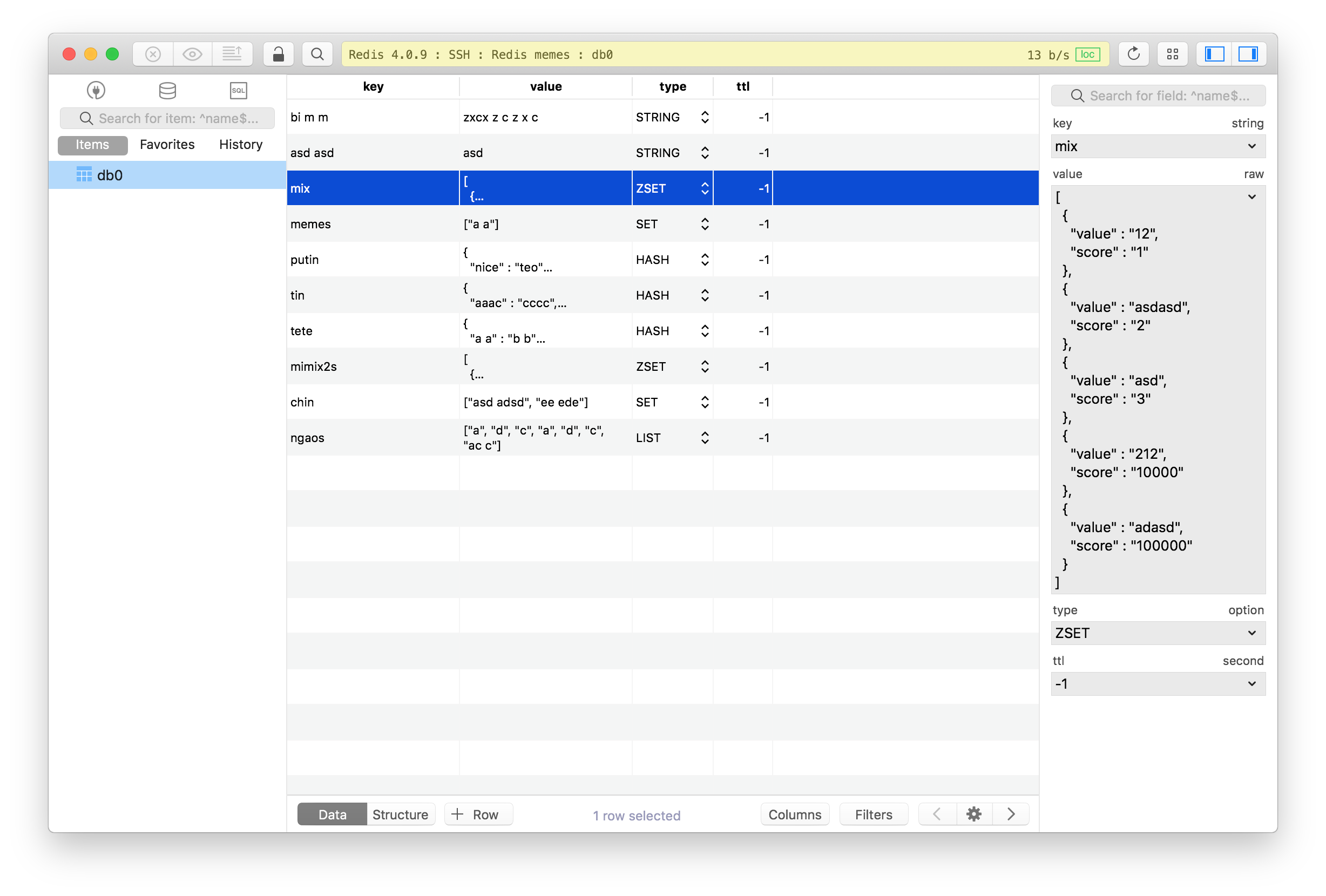

INSTALL REDIS LOCALLY MAC PATCH
Heroku makes every effort to keep each of the instances up to the latest patch release when possible. This means that bug reports can be filed and fix for either branch. The Redis project only supports the current release and the previous stable release based on its release cycle documentation. For example, to create a Redis service on version 5 using the premium-0 plan: $ heroku addons:create heroku-redis:premium-0 -version 5 -a your-app-name Hobby plans cannot be created using Redis versions earlier than 6, however production plans can be created using older supported versions. Currently supported versions include: Tier Heroku follows the release schedule of the Redis project in that at least two releases are supported on the platform. Heroku Redis defaults to the latest stable version of Redis allowlisted for the platform. Heroku currently offers Redis version 6.2 as the default. Version support and legacy infrastructure Promoting redis-addon-name to REDIS_URL on sushi To promote the shared database to be the primary database, use the redis:promote command with the addon name on each of the apps where you want it to be the default database: $ heroku redis:promote redis-addon-name -app sushi

The shared database will not necessarily be the default database on any apps that it is shared with.

If you don’t have one, it will be attached as REDIS with the config var REDIS_URL. If you already have an Redis addon provisioned, the database will be attached with a color (in this example HEROKU_REDIS_CYAN but it will change each time). Setting HEROKU_REDIS_CYAN config vars and restarting sushi. $ heroku addons:attach my-originating-app::REDIS -app sushiĪttaching redis-addon-name to sushi. You can share one Heroku Redis between multiple applications. Sharing Heroku Redis between applications Promoting maturing-deeply-2628 to REDIS_URL on sushi Promoting an instanceįor apps that have multiple Redis instances, you can set the primary instance using the promote command: $ heroku redis:promote HEROKU_REDIS_JADE In cases where REDIS_URL already exists, your instance will be assigned a HEROKU_REDIS_ URL instead. In single-instance setups, your new instance will have already been assigned a REDIS_URL. Heroku recommends using the REDIS_URL config var to store the location of the primary instance. Relying on the config var outside of your Heroku app may result in you having to re-copy the value if it changes. REDIS_URL: order for Heroku to manage this add-on for you and respond to a variety of operational situations, the REDIS config vars may change at any time. This can be confirmed using the heroku config command. A REDIS_URL config var will be made available in the app configuration and will contain the URL used to access the newly provisioned Heroku Redis instance. Once Heroku Redis has been created, the new release will be created and the application will restart. State “creating” means that it is still provisioning and not yet ready. Heroku addons:info command will show you the progress of creation. Alternatively, you can use the -as option to heroku addons:create to use a different URL for heroku-redis, as documented here.
INSTALL REDIS LOCALLY MAC MANUAL
You should copy the manual REDIS_URL to a different config var key if you want to save it. TEST_CONF_FILE="/usr/local/etc/redis-test.If you’ve manually created a REDIS_URL config var on your app, it will be overwritten when you add your first heroku-redis add-on. Grab this Redis Startup Item git repo and change the following settings (then follow the instructions to install): DEV_CONF_FILE="/usr/local/etc/nf" Logfile /usr/local/var/log/redis-test.log Rename /usr/local/etc/nf to /usr/local/etc/nf and change the following settings: daemonize yesĬopy that nf and save nf and change the following settings: pidfile /usr/local/var/run/redis-test.pid Create separate config files for your instances (in my example, a dev and a test instance).
INSTALL REDIS LOCALLY MAC INSTALL
Install Redis package with Homebrew brew install redisģ. Install Homebrew (great package manager for OS X)Ģ. (You might want this if you need one instance for development and a separate instance for running your test suite.)ġ. I’m using Redis on a project and couldn’t find a good guide for setting up multiple instances on a Mac.


 0 kommentar(er)
0 kommentar(er)
